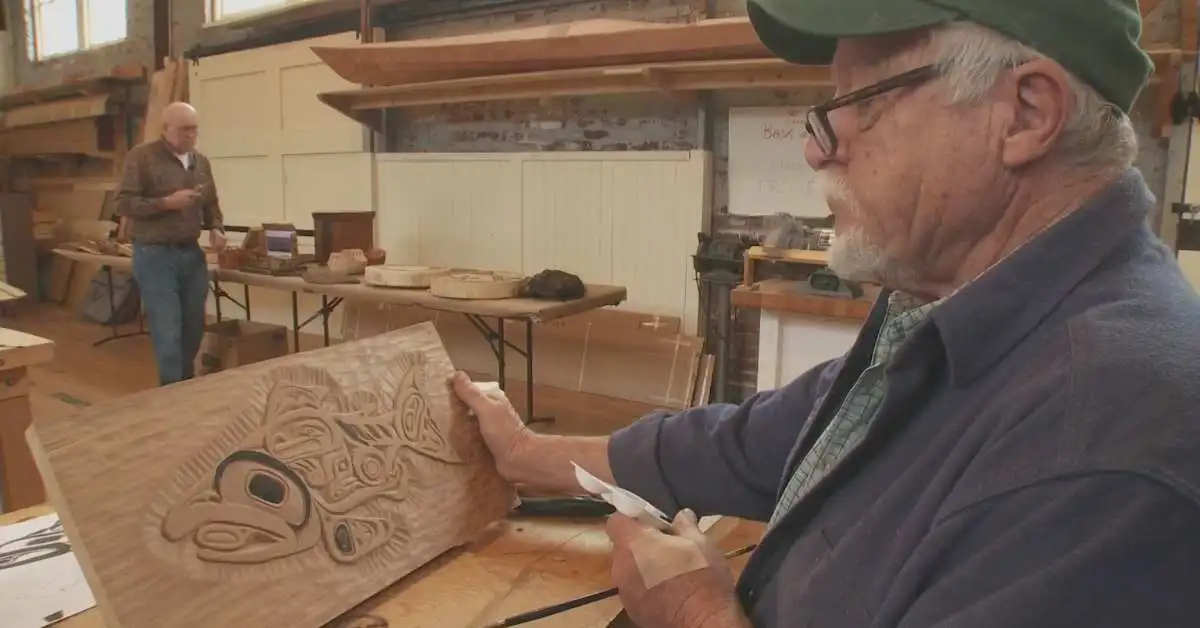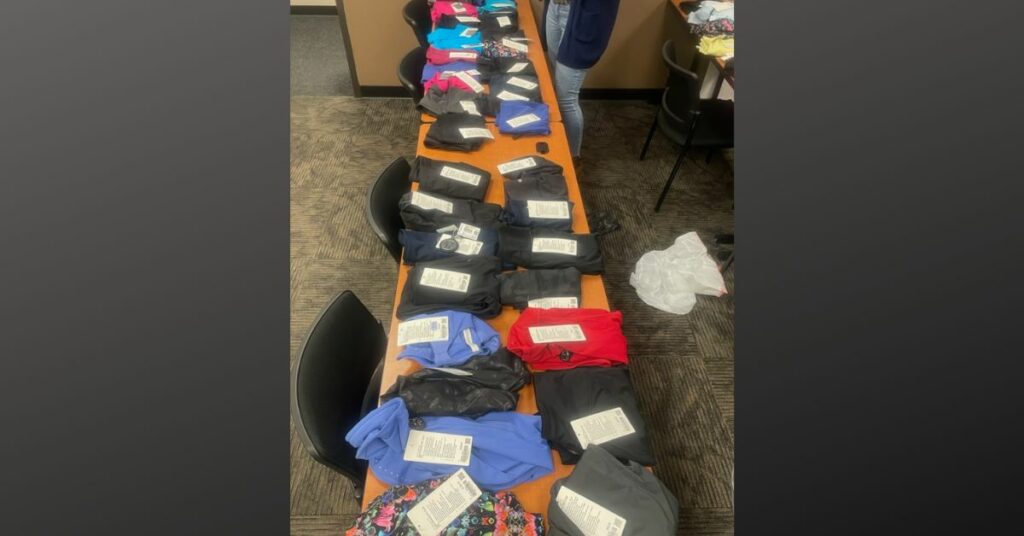ASTORIA, OREGON — When most people think of Oregon’s history, they think of the hard-living pioneers who crossed the country in covered wagons to get to the Willamette Valley in the early 1800s.
Even though it was a hard life, the real story of Oregon goes back many thousands of years to a time that may seem far away. It is mostly based on Native American legends and stories that have stood the test of time.
You can feel Oregon’s history through the work of a man who takes a block of cedar and old carving tools and uses them to make beautiful art that spans centuries. Some traditions can only be kept alive with sharp tools.
Longtime wood carving teacher Jim Bergeron says that learning to use them is just as important.

“Once you’ve learned how to carve with these ancient tools, it’s like learning how to ride a bicycle,” said Bergeron. “It’s real easy – but until you get there, it’s not easy at all.”
His students come from all over the world to learn from him. He is a master who carves cedar bentwood boxes, ceremonial masks, and alder bowls in the traditional style of the Chinook Indians.
Kathleen Stratton, a student, says that the craft needs patience and attention to detail.
Stay in the know with just one click – check out the latest updates-
- Uncovering Oregon Ancient Past: The Oldest City in The State!
- Oregon Largest Printer of Local News, Founded by Pamplin Media Group
“It’s like gardening to me,” said Stratton. “It is the only thing sitting here before me, so I tend to forget everything else and focus on the carving.”
Anyone who goes to Astoria and goes into the Barbey Maritime Center, which is also full of history, can use the classroom. It was built over 120 years ago as the Astoria Train Depot on the town’s waterfront.
The Center is next to the “must-see” Columbia River Maritime Museum, where people can see and appreciate real Native American artifacts.
Bergeron has taught Native skills for almost 40 years; his workshop shows that. Dozens of hand-made adzes made of cascara wood hang from the ceiling, and his finished carvings are a wonder to see and touch, from giant masks to a “shark” mask the size of a dinner plate that was worn in ceremonies to use tools like an alder and bone fishing spear.
“This tool was used in shallow water,” Bergeron said. “You would spear the fish over the back and then the spearhead disconnects, so you could play the fish with a long cord that is attached to the spear. A remarkable tool.”
Bergeron said that his main goal in teaching the Native Americans how to carve is to keep the tradition alive. He also hopes that more people will find beauty in the wood and see the value in keeping Oregon’s long-ago history alive.
“There aren’t many people around doing this anymore, so I hope my teaching changes that,” he said. “These skills were here for thousands of years, so I think it’s important local history and a part of the Oregon story.”





